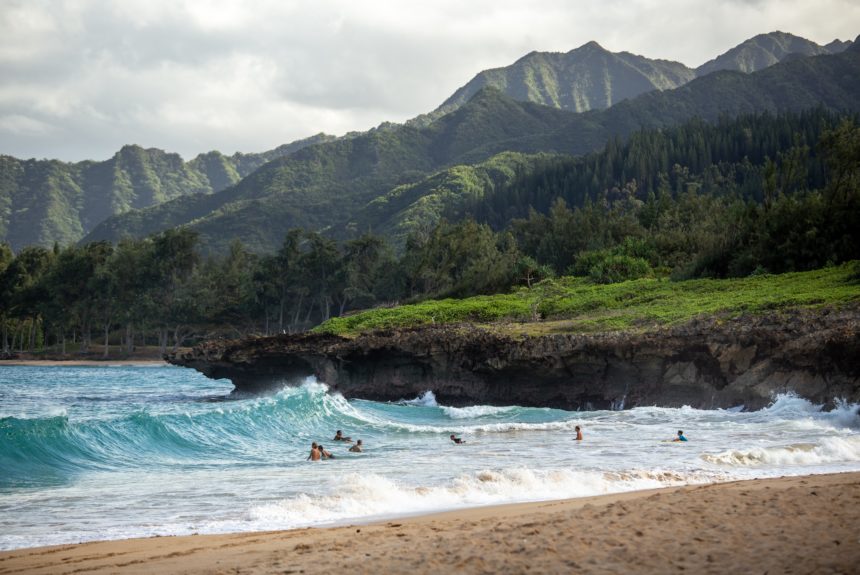What will the travel industry of the future be like? The United Nations, in common with many destination countries worldwide, is calling for more sustainable tourism travel strategies that provide less of an impact on the environment, protect cultures and reduce mass tourism development. Across the world, governments and tourist authorities are seeking ways to maintain the income and employment created by tourism while developing a more sustainable tourism system.
Tourism and the travel industry have become victims of their own success.
Over the past 100 years, travel has become a mass-market industry, with millions of people regularly heading out for holidays in the sun, enjoying winter sports, exploring beautiful scenery or discovering hidden corners of the globe. In recent years, travel has become increasingly a matter of seeking out Instagram-worthy locations, taking selfies and placing them on social media. Tourism can be very profitable whatever the size or type of destination. Take the example of Sedona, Arizona, which experienced a 5% rise to 3.4 million visitors due to travel restrictions caused by Covid in 2020. The Sedona Chamber of Commerce and Tourism Bureau’s 2021 Ånnual Report indicated that between June 2020 and June 2021, the amount spent on taxable goods and services rose by $220 million.
>>>READ: Sponge Cities Address Impacts of Flooding
Excessive tourism has become an issue, with local people squeezed out as housing has been taken over by holiday lets and second homes, with massive queues and crowds making it impossible to actually see popular sights. At the Louvre in Paris for example, people can queue for an hour or more to catch just a glimpse of the Mona Lisa, before being compelled to move. In Thailand, a massive surge in tourist numbers following the release of Danny Boyle’s film, The Beach, resulted in environmental damage leading to a decision to close the beaches. Allied with such issues is the effect of tourists on local communities, on cultures, wildlife and the environment—especially given the problems caused by transport, plastics and the use of fossil fuels—with regard to climate change. In Hawaii, states and municipalities are said to have filed lawsuits against companies responsible for damage to the environment, where rising sea levels are threatening to erode 70% of Hawaii’s coastline including homes and hotels.
Reducing excessive tourism is proven to help the environment. In Thailand, excessive tourism had caused problems in tourist hotspots like Maya Bay, and Koh Tachai. The reduction in tourism due to the Covid-19 pandemic combined with the closure of the bays in 2018 has enabled Maya Bay to regenerate itself, bringing rare marine life back into the area.
Many cities and destinations have begun taking action to limit tourism. Cruise ships can no longer dock close to the heart of Venice, and every tourist has to pay a tax to enter the city, while in Barcelona and Amsterdam controls are being placed on the number of holiday lets. Some destinations are encouraging tourists to opt for sustainable choices. The Sedona Cares pledge aims to encourage tourists to avoid actions that damage the environment and to consider actions that give back to the community, such as taking vacation days to help out maintain trails.
In Hawaii, the Tourism Authority has brought industry stakeholders together to form the Aloha+ Challenge, a statewide commitment to seek improved resource management for a more sustainable tourism industry. The Green Business Awards Program provides incentives for hotels to improve the environment. The state’s hospitality and tourism sectors have linked with government and environmental agencies to encourage visitors to respect the land, safeguard the environment and implement green techniques, while stressing simple actions that can make an immediate difference such as using eco-friendly tour operators, choosing environmentally friendly cars and giving some time to voluntary projects on the islands.
>>>READ: How One Company Is Restoring Coral To Combat Climate Change’s Coastal Impact
Sustainable tourism strategies are increasingly being implemented worldwide. These are initiatives that can affect almost every aspect of travel and tourism, as well as consumer brands. The Balearic Islands has announced a $61.5m investment focusing on developing sustainable tourism emphasising the use of local brands, local products, and environmentally friendly fuel, as well as banning plastic cutlery, disposable razors, coffee capsules and cotton buds. Tourists are now required to pay a sustainable tourism tax to be used for environmental conservation on the islands.
Circumstances are changing the travel and tourism industry – and the consumer demand to match those changes is present. Evidence has shown that sustainable eco-travel can create a viable long-term business. The 500 strong membership organisation, Ecotourism Australia says that this type of tourism is generating a revenue of AU$1.6 billion ($1.4 billion). Penny Rafferty, Head of Sustainability at Tourism Australia points out, “We recently measured what I call the halo effect of 19 luxury Australian lodges. Between them they partnered with over 1,600 other local businesses; conservationists, specialist guides, food producers, winemakers, distillers, craftspeople, creators and artisans of all sorts.”
Angela Youngman is a long established freelance journalist and author based in the UK specialising in business, sustainability, travel, tourism, leisure, food & drink.
The views and opinions expressed are those of the author’s and do not necessarily reflect the official policy or position of C3.
